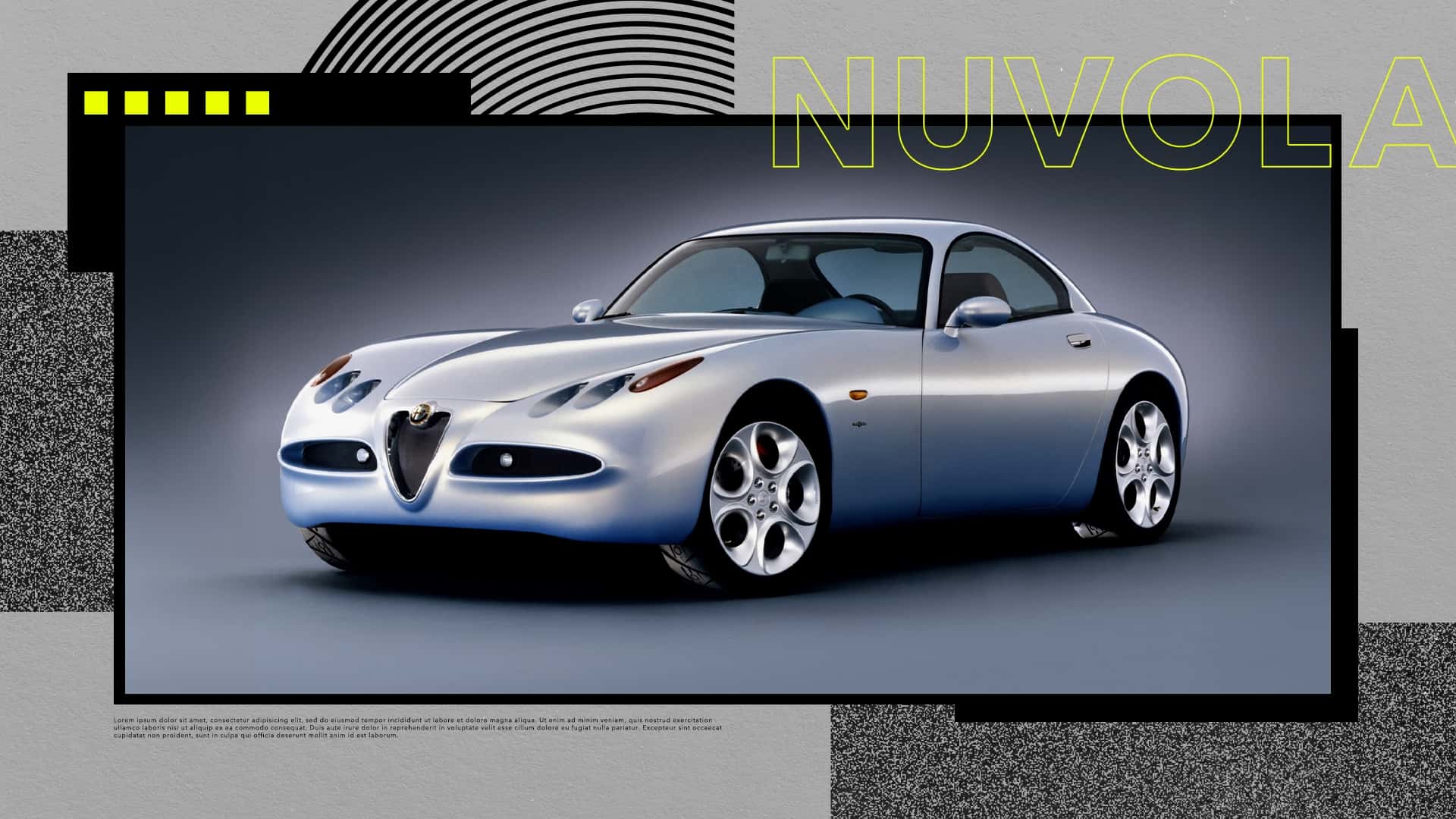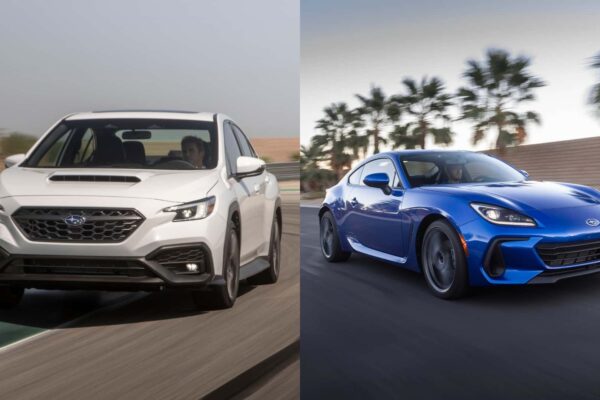We continue to encourage Alfa Romeo to thrive and become a true contender for the German troika. The brand is still some way off challenging BMW, Mercedes-Benz and Audi, partly because parent company Stellantis is taking its time with the next-generation Giulia and Stelvio. Much like Audi’s efforts to regain its lost spark with sports carAlfa Romeo could use one of its own. Ideally, a car that doesn’t cost millions of dollars like a 33 Stradale.
It’s a shame the revival of the 8C and GTV never materialized, which is what little it was 4c It’s been a long time. A fresh start with a coupe can do wonders for a flagging brand image. Stellantis certainly has the means to make that happen. Which brings us to this final installment in our site A concept we forgot Series: A coupé that caused a sensation at the 1996 Paris Motor Show.
Welcome to Concept We Forgot, a series in which we explore some of the wildest and most innovative concept cars in history – many of which you may not remember.
Named after legendary Italian racing driver Tazio Nuvolari, the Nuvola concept showcased a new design language for Alfa Romeo. The stunning coupé, penned by Walter De Silva, gave fans a glimpse into the future of the brand. The 156 debuted in 1997, followed by the 166 in 1998, and the 147 in 2000, and served as De Silva’s final Alfa before he moved to the Volkswagen Group to work on the Bugatti Veyron concept.
At the time, Alfa described the Nuvola as an “extreme version of a coupe”, specifically designed for two passengers sitting in bucket seats. It was almost the same size as the outgoing one Toyota Suprawith bumpers integrated into the body to reduce pinch lines. The 18-inch wheels are wrapped in specially designed Michelin tires with a tread pattern developed specifically for the concept.
But there was more to Nuvola than his graceful figure. Alfa Romeo envisioned reviving the long-lost art of coachbuilding by selling the underpinnings of the car to independent builders. The plan was to homologate the chassis and sell it to body shops who would then create their own versions, ranging from wagons and convertibles to 2+2 coupes and even off-roaders.
Photo by: Alfa Romeo
The idea was that homogenization would be easier for these companies since Alfa had already done most of the groundwork. Interestingly, Alfa did not rule out selling such cars through its own dealer network, and even considered applying its badge to those who remained true to the “spirit of Alfa Romeo”. The cars would have been based on a space chassis with all-round independent suspension.
Underneath the TVR-esque body was solid geometry. Power came from a twin-turbocharged 2.5-liter V6 that produced 296 horsepower and 285 pound-feet of torque, sent to all four wheels through a six-speed manual gearbox. The Nuvola can accelerate from 0 to 60 mph in six seconds, and has a top speed of 174 mph.
Alfa Romeo saw it as “the ideal predecessor for a new generation of limited-series sports cars, which could differ significantly from one another.” Even de Silva himself admitted that the Nuvola could have helped revive the Alfa brand, which was struggling at the time. In an interview with Classic car boxHe said:
“Out of every ten projects you do, only one makes it to production… It’s a shame, before the 146 and 147 arrived, Alfa needed a halo model; the Nuvola had everything Alfa needed to put it fairly and squarely on the map.
Unfortunately, this vision was never realized, and the Nuvola remained a one-off car that merely reset the brand’s design language. While it reviewed the modern design trend, it also paid tribute to the past. For example, the long hood mimics the 1930s 8C and the 1950s Sportiva prototype.
In many ways, the Nuvola was the equivalent of Alfa Romeo Audi C concept. But while Audi pursues a production version coming in 2027, Alfa will mostly stick to SUVs. A relatively affordable Halo could attract more people into showrooms, and even if they end up buying a Tonale or Stelvio, it would still be a win for the brand.
To its credit, Alfa Romeo did not completely abandon the dream. The company recently announced a partnership with fellow brand Stellantis Maserati to build “low-volume” cars. However, these prices are expected to carry tags closer to the 33 Stradale, putting them out of reach for most enthusiasts.



